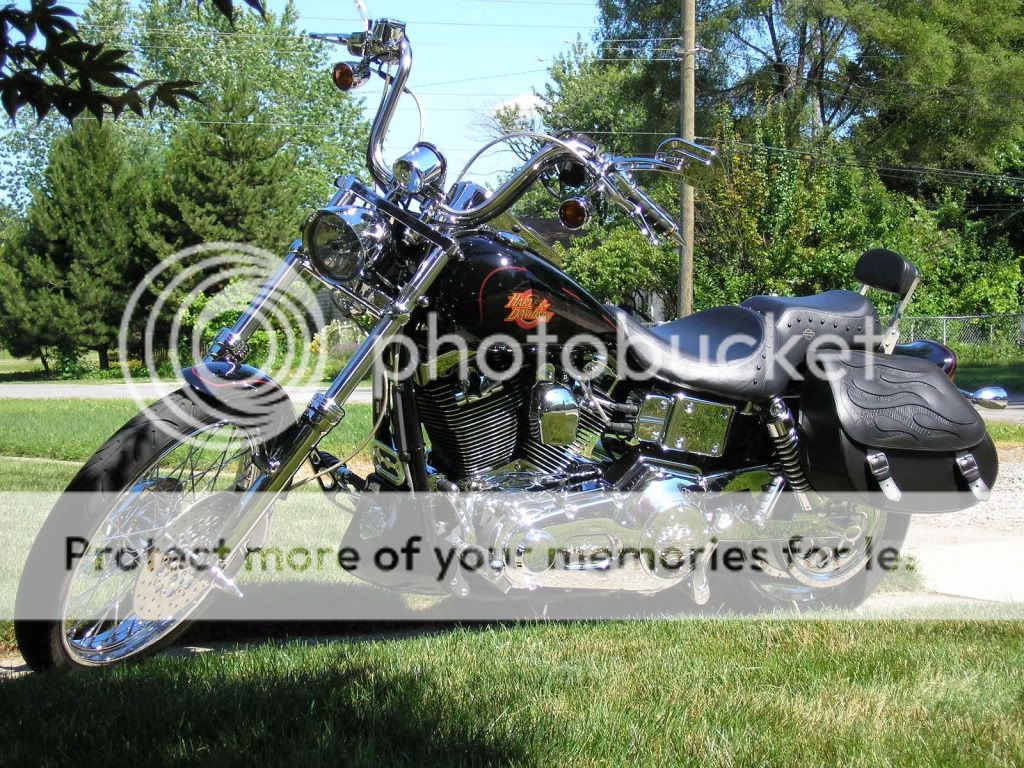I'm going to replace the fork tube oil on my 2000 Dyna FXDWG, should this be done with the bike on the ground or on a stand?, never done it before. I'm aware of the drain plugs and and top cap plug nuts, just unsure of the spring tension etc... , I'm nearing 20,000 miles and I'm sure the previous owner never had it done, bike was just a plain janer before I got it back a few years ago and I'm sure it's due for new fork oil, also how much does each tube hold? (using HD fork oil)
, I'm nearing 20,000 miles and I'm sure the previous owner never had it done, bike was just a plain janer before I got it back a few years ago and I'm sure it's due for new fork oil, also how much does each tube hold? (using HD fork oil)
I've done everything else to this bike but I'll prolly make a project out of this simple procedure :hmmm:
Buck
![Image]()
I've done everything else to this bike but I'll prolly make a project out of this simple procedure :hmmm:
Buck





